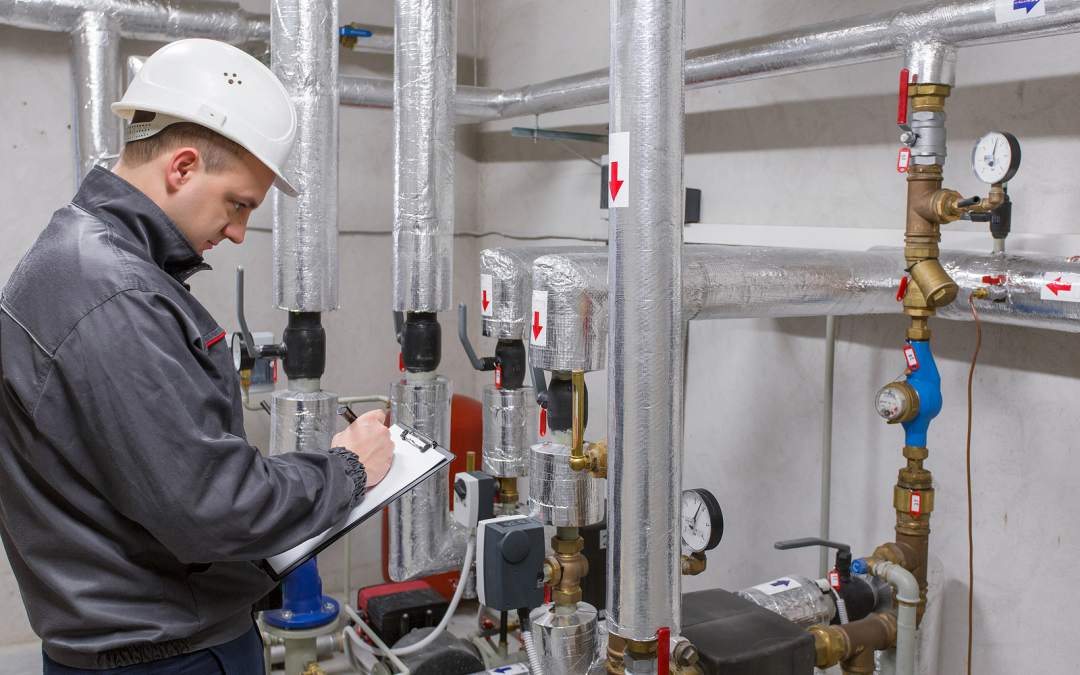Many people have struggled to afford their high energy bills over the last couple of years, thanks to soaring wholesale prices. That is why it is important to insulate the house as much as possible to reduce the amount of energy needed to heat it.
However, installing insulation, whether it is to fill the cavity walls, the loft, or under the floor, can be costly, which is why those who are finding it difficult to pay for their energy bills are also struggling to raise money for these home improvements.
The good news is that the government’s latest initiative, called the Great British Insulation Scheme, has been designed to help those who are eligible to receive home insulation for free.
What is the Great British Insulation Scheme?
This was introduced to encourage homeowners to make their properties more energy efficient, so less fuel is needed. Not only does this lower their household bills, but it means less heat is required to warm up the building. Therefore, it could help the UK meet its net-zero carbon emissions goals.
The scheme was previously known as ECO+ and is being administered by Ofgem. It has been created for low-income and vulnerable households, as well as people living in houses with poor Energy Performance Certificate (EPC) ratings.
It began in April 2023 and the government intends for it to continue running until March 2026, by which point it hopes everyone who is eligible for insulation improvements would have received them.
Who can benefit from the Great British Insulation Scheme?
To receive this help from the government, there are specific criteria you have to pass.
- Low-income households
The first group of people who could be accepted on to the programme is low-income households.
This includes those who receive Child Benefit, Pension Guarantee Credit, Income-related Employment and Support Allowance, Income-based Jobseekers’ Allowance, Income Support, Tax Credits, Universal Credit, Housing Benefit, and Pension Credit Saving Credit.
People living in social housing or whose total household income is under £31,000 a year are also eligible for the scheme.
- Low EPC ratings
In addition to this group, anyone with a house or flat that has an EPC rating of D to G, could apply for the grant, so long as their property is within the Council Tax bands A to D in England.
- Homeowners and tenants
In most cases, you need to own your own home. However, it is possible that tenants who rent from a private landlord can also apply for the initiative, as long as they have received permission before any insulation is installed.
Applicants will need to have all the information they need, such as the household income and benefits, EPC rating and Council Tax band, to hand before submitting their request.
If they are successful, their property will be assessed and they will be informed whether any work can be done to their home.
What home insulation could they receive?
Successful applicants could receive a number of energy-saving measures, including cavity wall, loft, solid wall, pitched roof, flat roof, underfloor, solid floor, park home or room-in-roof insulation.
Low-income households may also get fitted with heating controls, such as thermostats, to enable them to better manage their heating bills.
Some projects might require a level of contribution from the homeowner, depending on the work required and the energy supplier. Therefore, it is important to look for the best deal available.
Other ways to improve energy efficiency
Installing insulation certainly is a great way to improve the energy efficiency of a house, with Which? revealing that loft insulation alone could save a detached house with four bedrooms as much as £215 in their fuel bills a year.
However, there are other ways to lower heating costs, including replacing or repairing a boiler. Many old models can be energy-inefficient, which means some homeowners could be spending more than they need to keep their property warm. Although new boilers can be expensive, their savings on energy bills are impressive, typically cutting the costs by between £600 and £2,000 a year.

